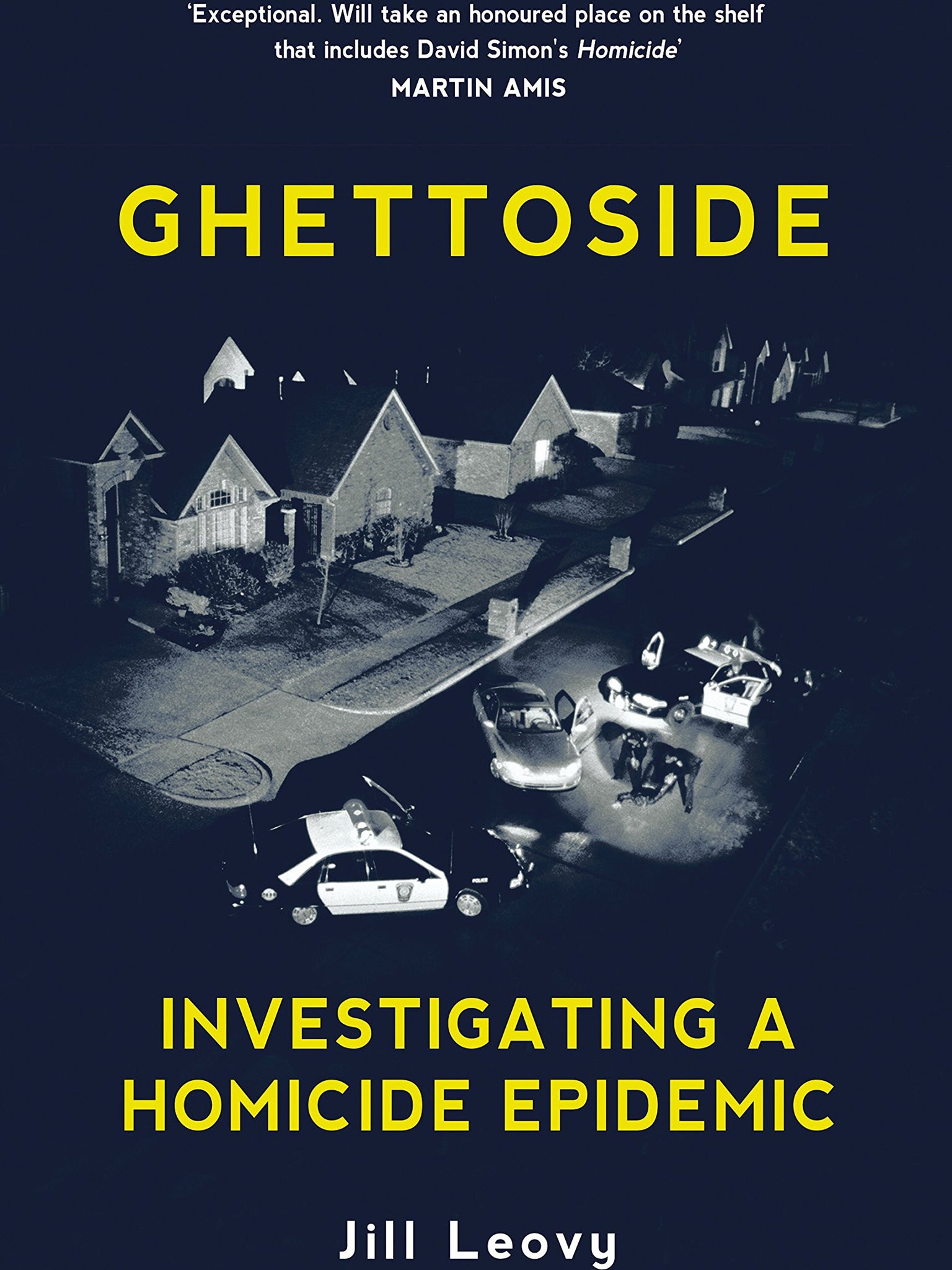

It was a radical idea - at the time, her paper reported on only about 10 percent of homicides - and also a near-impossible task: In a 2008 article, Leovy acknowledged that the report “has merely skimmed a problem whose true depths couldn’t be conveyed.” In response, she started a blog at her newspaper in late 2006 called The Homicide Report, in which she attempted to cover every murder in Los Angeles County in a single year.

Leovy, a reporter for The Los Angeles Times, argues that as a nation we have grown far too accepting of our high rate of homicide - all the yellow crime-scene tape and sidewalk candle memorials - in large part because the media has paid too little attention. This is a world that most journalists never cover, and most of America never sees.

In her timely new book, Jill Leovy examines one of the most disturbing facts about life in America: that African-American males are, as she puts it, “just 6 percent of the country’s population but nearly 40 percent of those murdered.” Leovy describes neighborhoods steeped in pain: A mother, dressed in a baggy T‑shirt adorned with her murdered son’s picture, spends all day indoors, too terrified to step outside the brother of a homicide victim purposely meanders through violent streets in the hopes that he too will meet the same fate grieving parents all wear the same haunted expression, the empty stare that one police chaplain calls “homicide eyes.” Leovy’s focus is South Los Angeles, though similar stories abound in many of the nation’s poorest communities.


 0 kommentar(er)
0 kommentar(er)
